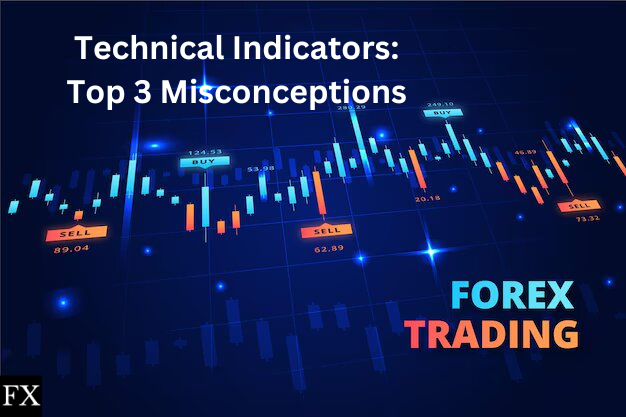The allure of technical indicators in Forex trading is undeniable, indeed amplified by relentless marketing promising easy profits. Social media and online educators aggressively promote these tools; consequently, the market is flooded with complex charts and seemingly foolproof systems. This constant barrage, therefore, fosters unrealistic expectations, leaving many traders disappointed when the promised magic fails to materialize. Novice and even experienced traders, lured by the potential for quick riches, often lose funds experimenting with strategies that don’t hold up against the volatile reality of currency markets. Many become disillusioned, realizing the indicators are not the “holy grail” they were led to believe. Therefore, this article aims to address three key misunderstandings surrounding common indicators, like moving averages, RSI, and MACD. Ultimately, by dispelling these misconceptions, it seeks to empower traders with a more grounded perspective on these tools’ actual utility within a robust trading strategy.

Moving Averages (MA)
Many online forums discuss Moving Averages. However, their ability to accurately predict price movements is questionable. Moving Averages are considered a “lagging” indicator. They base trends on past data. Therefore, they often miss crucial events. Geopolitical risks and similar factors are not considered.
Relative Strength Index (RSI)
Generally, traders classify the RSI as an Oscillator. They use it mainly to find divergences. Identifying “divergence” as a sign of weakening momentum is tricky. The RSI does not guarantee new momentum in the opposite direction. J. Welles Wilder said that the RSI often peaks before the actual market peak. This suggests a possible reversal.
MACD
The MACD was created to show changes in a trend’s direction. It was also meant to identify momentum, strength, and duration, primarily in stock prices. Forex is the largest financial market. Therefore, the MACD’s original functionality might need adjustments. Forex traders may not see the same results as stock traders. A key issue is traders not understanding the difference between ranging and trending markets. This limits the usefulness of some technical indicators.
Conclusion
Technical analysis is a well-established trading concept. It has evolved through new trading tools and intelligent indicators. Despite the numerous new technical indicators released each year, some core principles remain important. These are: the market reflects everything, prices tend to trend, and history repeats. Using technical indicators effectively requires understanding these core principles. Choosing the right technical indicators is essential for successful trading.
Want to trade forex? Here’s a list of forex brokers to check out plus analysis and predictions for major currencies.

